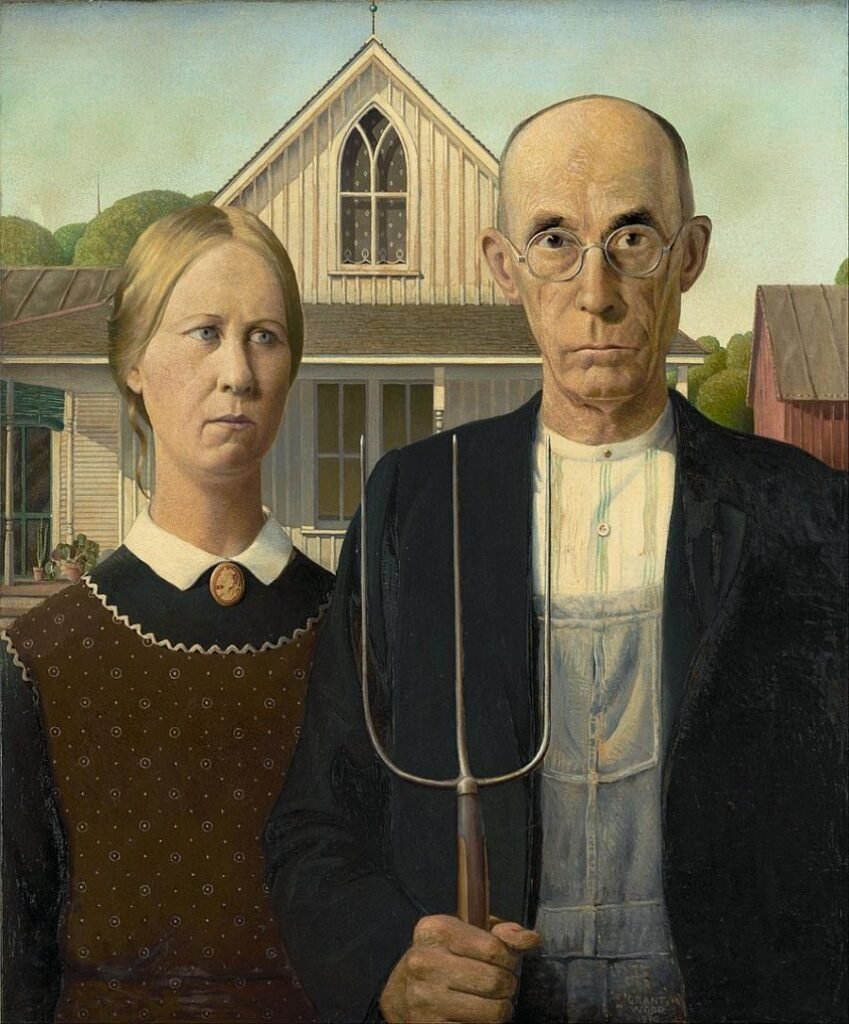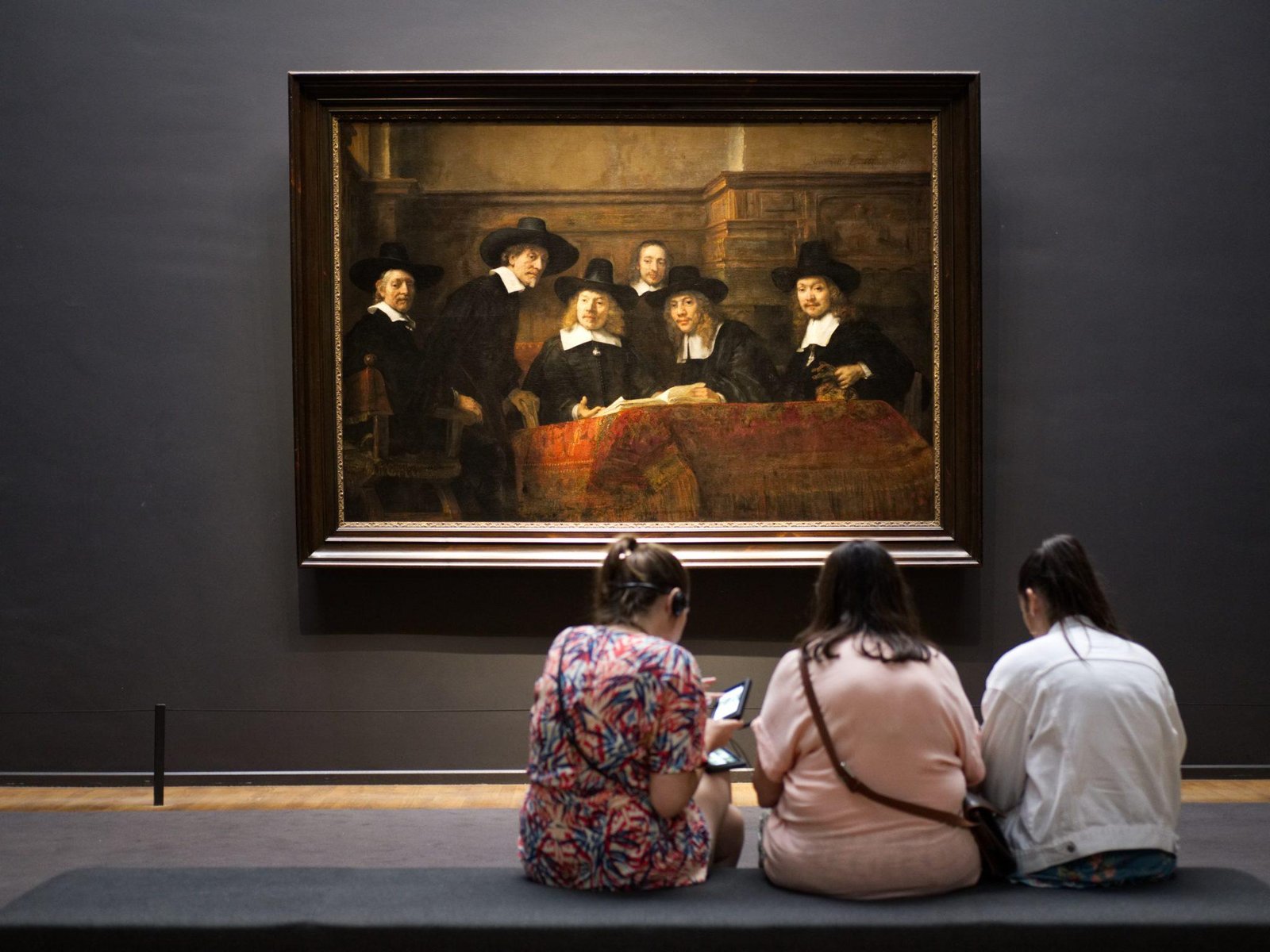
Famous artists have left an indelible mark on history through their remarkable paintings. Spanning from Renaissance to contemporary times, their masterpieces have captured art lovers for generations.
These talented artists’ passion and skill can be seen throughout their works – be it marble statues or art contests – capturing every beautiful detail with skill. See some of their masterpieces below!
Michelangelo
Michelangelo stands as an inspiration to Western culture with his profound contributions of sculpture, painting and architecture work that spans from sculpture and painting to architecture and beyond. His genius embodies Renaissance ideals of art as divine manifestation of human creativity – his accomplishments having inspired artists for centuries.
Michelangelo’s Sistine Chapel frescoes are an extraordinary testimony of his mastery as both painter and sculptor. His use of light and shadow, along with an understanding of anatomy makes his figures truly come alive; for this talent alone he earned himself the name “il Divino,” (the Divine One). Throughout his lifetime he inspired reverence among viewers who witnessed such amazing skill.
Michelangelo excelled at both sculpture and painting, yet painting remained his true calling. His biblical figures often exude powerful emotional intensity while the muscular figures in his paintings demonstrate his immense understanding of anatomy as well as a mastery of High Renaissance style.
Pablo Picasso
Pablo Picasso was an iconic figure who helped define modern art through his iconic works. A master in all mediums, including painting, sculpture, printmaking and drawing; Pablo was best-known as one of the pioneers of Cubism–an artistic movement using intersecting shapes to portray objects and figures–which made its debut during his lifetime. His masterpieces have been displayed globally over his career.
His talent as a painter was clear from an early age; by eight he could draw more realistically than his art teacher! Soon thereafter he experimented with different styles and techniques before discovering his personal signature style.
Around 1900, Picasso moved to Barcelona where he quickly joined a group of artists gathered at a cafe called El Quatre Gats (“The Four Cats”). Picasso developed a series of paintings known as his Blue Period due to their use of a blue/grey palette and subjects from everyday city life like gypsies, beggars, and prostitutes as subjects.
By 1904, he met artist Georges Braque and his work had begun to adopt cubist elements. One of his earliest forms of cubism, displayed through “Les Demoiselles d’Avignon,” which combined pathos, eroticism, and beguiling shapes into an abstract yet still recognizably-portrait was Les Demoiselles d’Avignon.
Salvador Dali
Salvador Dali first made waves in art circles in 1929 and remained an integral figure until his death six decades later. After being expelled from school in Madrid, Dali found inspiration in Paris by visiting Picasso’s studio and learning from avant-garde French Surrealists such as Jean Arp and Rene Magritte. Psychoanalytic concepts from Sigmund Freud as well as metaphysical painters such as Giorgio de Chirico also had profound influences.
At this point, he began using free-associative montage and disturbingly suggestive imagery, such as the iconic image of a razor cutting into a woman’s eyeball. Working alongside Luis Bunuel on Un Chien Andalou and L’Age d’Or satirizing bourgeois sexual hypocrisy. Additionally he was an prolific painter, sculptor, fashion designer, photographer, publicity stunts often focused on his eccentric persona such as appearing wired up inside Manhattan bookstores; ads for Lanvin chocolate, Alka-Seltzer and Braniff Airlines used their publicity stunts extensively while designing Dream of Venus Pavilion for New York World Fair!
Leonardo da Vinci
Leonardo was an extremely creative individual, excelling in many forms of art such as painting, sculpture, architecture and drawing. Additionally, he explored science, mathematics and engineering – creating scientific diagrams which predicted future inventions as well as botanical and anatomical sketches and drawings for sketches that predicted them. Leonardo was particularly fascinated with how things worked – even writing an anatomizing treatise!
Leonardo was an expert at realistic depiction, and his paintings possess an almost lifelike quality that has long captured viewers’ eyes. Through powerful symbolism – like Cecilia caressing her ermine to signify both chastity and lust — and psychological realism, his portraits capture their subjects’ spirits perfectly.
His masterpiece may be his Mona Lisa, a mysterious half-portrait that has charmed generations of viewers and generated numerous theories as to who may have posed as its subject – Princess Isabella of Naples, an unknown courtesan or even Leonardo’s own mother have all been proposed as possibilities. Leonardo used the sfumato technique, which consisted of blurring (or “smoking”) the edges of faces and objects for a more naturalistic effect and which helped launch what later became known as High Renaissance art.
Vincent van Gogh
Van Gogh stands as one of the most celebrated and revered artists ever to have lived. Although he wasn’t generally well received during his lifetime, posthumously his works have gone on to achieve immense worldwide acclaim – being shown and collected worldwide.
Van Goh’s masterpieces include Self-portrait with Bandaged Ear, which depicts him in a state of emotional turmoil. Through vibrant colors and swirling patterns, this painting captures Van Gogh’s mental breakdown and offers an honest depiction of his inner turmoil.
Van Gogh’s masterpiece Church at Auvers captures his complex relationship between religion and spirituality, his personal spiritual life, Gothic spires, distorted forms, reverence and unease all at the same time. This piece stands as testament to Van Gogh’s extraordinary talent as an artist.
Van Gogh’s Irises was painted while he was staying in an asylum in Saint-Remy, France. While most of Van Gogh’s works consist of formless spots of color, Irises is an extraordinary work that features masterful studies of curved silhouettes and depth – it may have even been inspired by Japanese woodblock prints! He used more vibrant hues and bold brushstrokes when creating this masterpiece.
Edvard Munch
Edvard Munch was well known for reoccurring themes in his paintings: love, death and anxiety. This museum showcases many of these pieces arranged around these topics – such as The Scream, Dance of Life Ashes and Death in the Sick Room – in one gallery dedicated exclusively to this artform.
He drew inspiration from French Impressionists and Post-Impressionists such as Claude Monet, Paul Gauguin and Gustave Caillebotte by employing color to signify emotion – in particular their use of realistic details – but abandoned this approach for portraying outer reality more as an echo of inner feelings rather than real physical landscapes.
His lifestyle–he was an avid drinker and brawler–had an enormous effect on his art, evidenced in some macabre pieces such as Hulda (1886) and The Day After (1894-5 version in Oslo N.G). These paintings memorialized Munch’s jealousy-fueled relationship with Emily ‘Milly’ Ihlen (later wife of Captain Carl Thaulow). Also notable are pieces such as The Dance of Life (1899-1900) which depict a couple dancing on midsummer’s night in Aasgaardstrand where Munch had his tryst with Millie Thaulow; their eyes do not meet while they maintain an awkward distance from each other.
Frida Kahlo
Frida Kahlo (Magdalena Carmen Kahlo y Calderon; 6 July 1907 – 13 July 1954), one of the world’s most iconic artists, was best known for her self-portraits and works depicting Mexico’s artifacts, nature, and culture. Her works also addressed issues pertaining to indigenous/colonial relations in Mexico. She became widely considered as a feminist artist through depictions of female bodies in her works addressing issues like colonial relations.
Kahlo adopted a neo-expressionist style when painting. Her works often featured elements of folk art and she employed symbolism to convey her complex emotions – in Self Portrait with Cropped Hair for example she appears as androgynous in response to Rivera’s demand that their marriage end.
Kahlo’s masterpiece The Two Fridas depicts her as both herself and her twin sister Frida wearing European and Mexican clothing respectively, joined by a vein that runs directly from their hearts. This painting draws its inspiration from religious ex-voto paintings offered as thanks for favours granted or disaster averted, which can often be found in churches and shrines; furthermore it alluded to Kahlo’s multiple health conditions: broken spine, pelvis and foot fractures among them.

